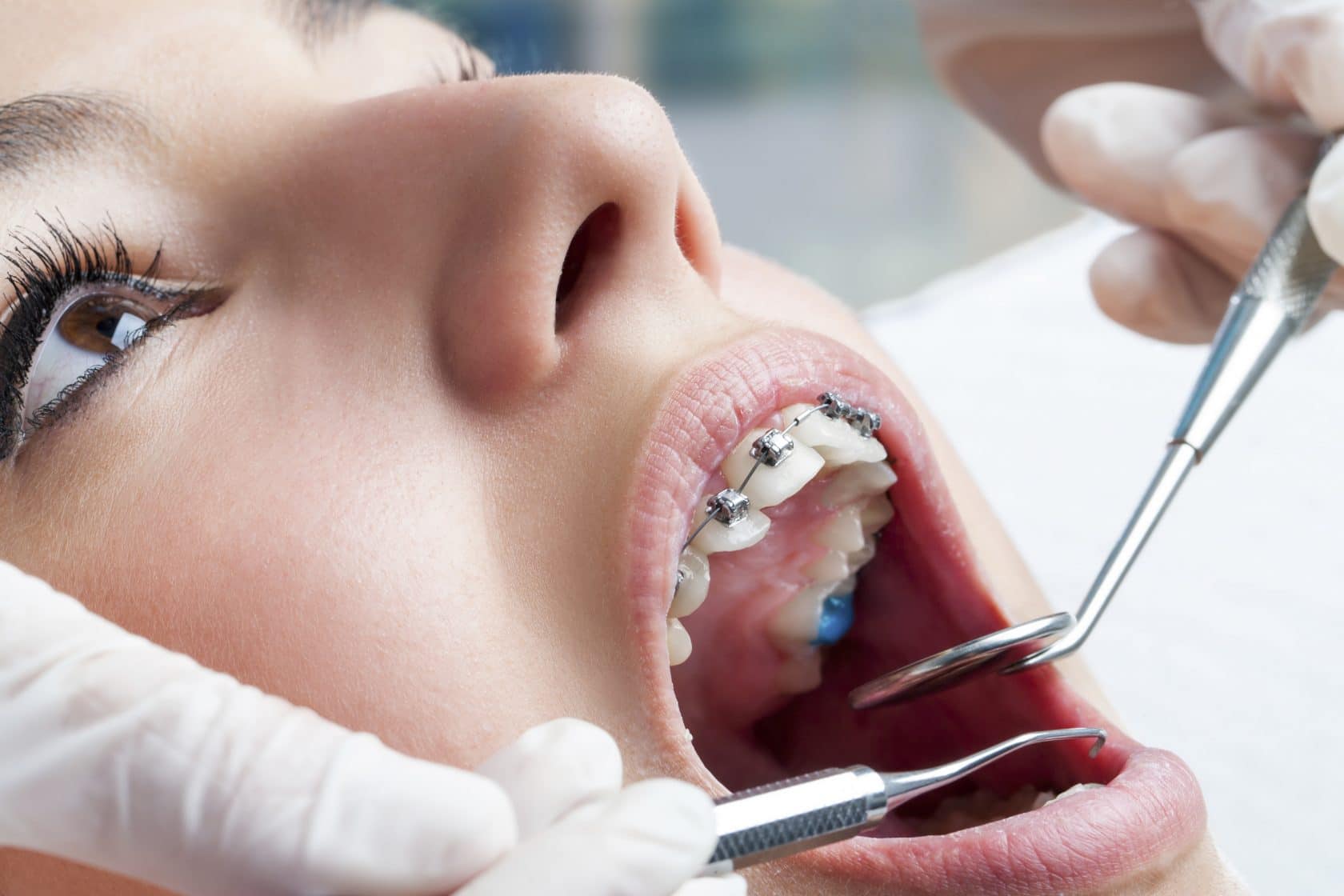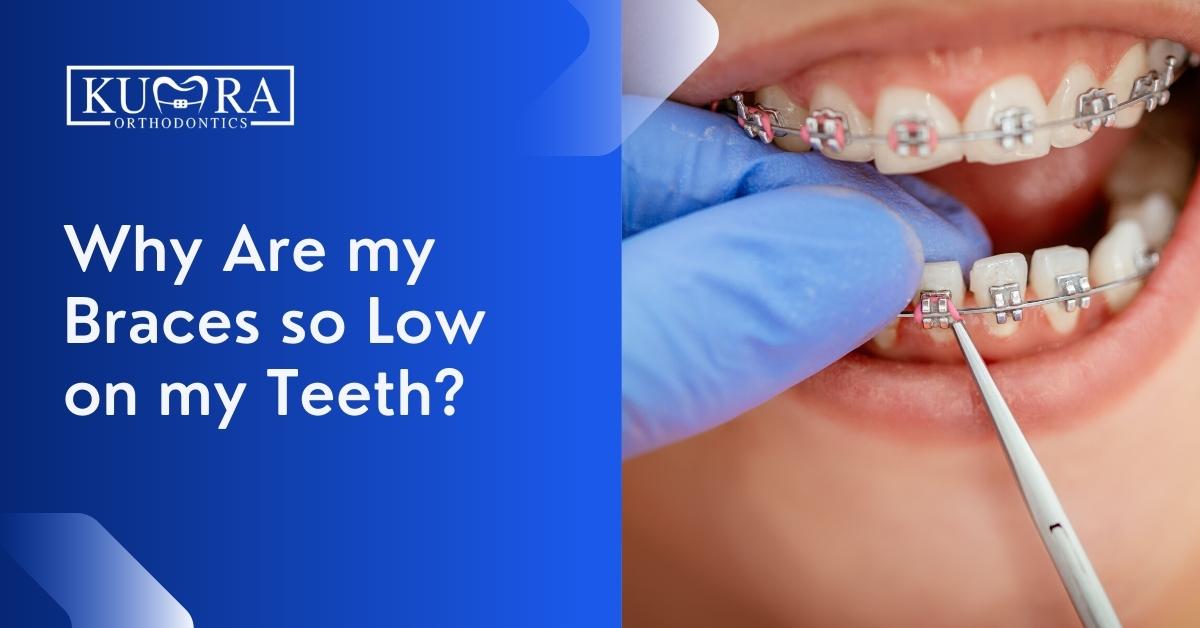Choosing the very best Cumming Orthodontics for Effective Braces and Aligners Solutions
Choosing the very best Cumming Orthodontics for Effective Braces and Aligners Solutions
Blog Article
Comprehensive Overview to Orthodontics Treatments for Fixing Dental Imbalances
In the world of orthodontics, the journey to accomplishing a flawlessly aligned smile includes a myriad of treatments tailored to fix dental imbalances. From standard braces to invisible aligners and also medical alternatives, the field of orthodontics supplies a series of solutions to deal with differing levels of dental irregularities. Recognizing the ins and outs of each procedure, including their mechanisms, advantages, and potential drawbacks, is vital in making informed choices regarding one's orthodontic therapy. As we navigate through the extensive overview to orthodontic procedures for fixing oral misalignments, the complex details of each method will unfold, losing light on the path towards a harmonious and useful oral alignment.
Orthodontic Procedures Review

In addition to typical dental braces and clear aligners, orthodontists might additionally suggest various other interventions like headgear, palatal expanders, or retainers to resolve particular alignment problems (cumming orthodontics). These treatments are customized to every individual's distinct requirements and may include a mix of treatments to attain the desired results. Regular changes and tracking are vital parts of orthodontic treatment to make sure progression gets on track and to make any type of required alterations along the road. By undergoing orthodontic procedures, clients can not only achieve a straighter smile however likewise improve their overall dental health and function.
Conventional Dental Braces: Exactly How They Work
When considering orthodontic treatments for dental imbalances, traditional braces stand out as a time-tested method for correcting teeth positioning. Conventional dental braces contain braces, wires, and bands that work with each other to use continuous pressure on the teeth, slowly moving them right into the desired alignment. The brackets are connected to the teeth using a special adhesive, and the cords are threaded through the brackets. By adjusting the stress of the wires, orthodontists can regulate the direction and force related to each tooth, guiding them into proper placement over time.
As stress is used to the teeth with the braces, the bone surrounding the teeth is improved to sustain the brand-new tooth positions. Patients will certainly require regular adjustments at the orthodontist's office to ensure the braces continue to use the correct pressure for reliable teeth movement.
Undetectable Aligners: Cons and pros
Unseen aligners provide a very discreet and practical alternative to conventional braces for fixing dental misalignments. These clear, custom-made trays are practically unnoticeable when put on, making them an appealing alternative for people looking for a much more aesthetically pleasing orthodontic treatment. Among the key benefits of undetectable aligners is their removability, permitting much easier maintenance of dental hygiene contrasted to traditional braces. Clients can eliminate the aligners prior to eating or brushing their teeth, lowering the threat of food getting stuck in the home appliance and simplifying the cleansing process.

Surgical Orthodontic Options
Surgical interventions in orthodontics present sensible options for resolving complex oral imbalances that may not be properly settled through standard orthodontic treatments. While invisible aligners and standard braces can correct several orthodontic concerns, particular cases need medical treatment to accomplish optimum outcomes. Surgical orthodontic choices are normally recommended for serious malocclusions, considerable jaw discrepancies, and instances where the underlying bone structure needs modification to attain correct alignment.
One typical surgical orthodontic treatment is orthognathic surgical procedure, which entails repositioning the jaws to remedy practical concerns such as difficulty speaking or eating. This surgical procedure is typically done in cooperation with an orthodontist that helps line up the teeth prior to and after the procedure. saturday dentist Surgical orthodontics may likewise entail treatments to expose affected teeth, get rid of excess periodontal tissue, or improve the jawbone to create an extra harmonious facial account.
Before considering medical orthodontic options, clients go through a detailed examination to figure out the necessity and potential benefits of such treatments. orthodontist. While surgical treatment might seem complicated, it can substantially enhance both the function and visual appeals of the smile in instances where conventional orthodontic therapies fall short
Retainers and Post-Treatment Treatment

Failure to conform with post-treatment treatment guidelines can result in regression, where the teeth slowly relocate back in the direction of their original positions. Regular retainer wear, excellent dental hygiene, and normal dental examinations are crucial for preserving the results achieved via orthodontic surgical procedure and ensuring the lasting security of the corrected oral placement.
Final Thought
To conclude, orthodontic treatments offer numerous alternatives for remedying dental imbalances. Traditional braces utilize steel braces and wires to move teeth right into proper alignment. Unnoticeable aligners provide an even more very discreet choice however may not be appropriate for all cases. Surgical orthodontic options are available for a lot more extreme misalignments. Retainers are frequently made use of post-treatment to preserve the new positioning. Generally, orthodontic procedures can properly boost oral health and wellness and visual appearance.
As we navigate via the comprehensive guide to orthodontic procedures for fixing dental imbalances, the complex details of each method will certainly unfold, losing light on the course go to website towards a unified and functional oral placement. - orthodontist
One of the most usual orthodontic therapies is the usage of braces, which are composed of steel brackets and cables that apply mild pressure to gradually shift teeth into the preferred setting.When considering orthodontic therapies for dental misalignments, standard braces stand out as a tried and true technique for dealing with teeth placing. In addition, undetectable aligners might not be suitable for intricate orthodontic concerns that call for even more significant teeth movement, as they are commonly suggested useful link for mild to modest instances. Retainers are custom-made orthodontic tools developed to hold teeth in their fixed settings after the conclusion of orthodontic treatment.
Report this page